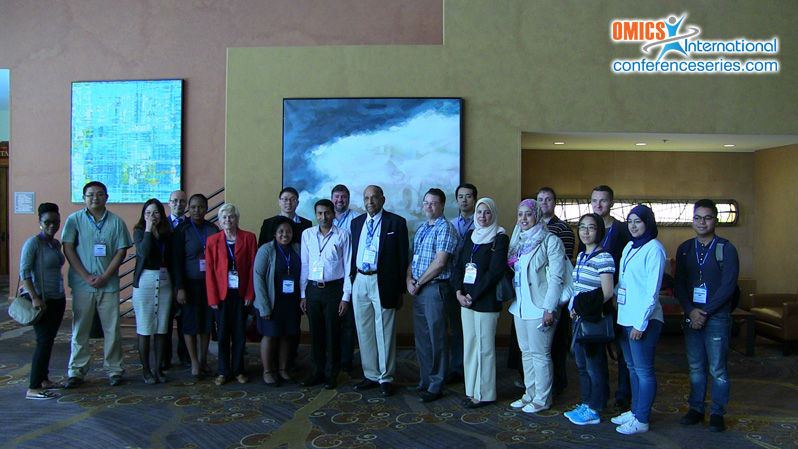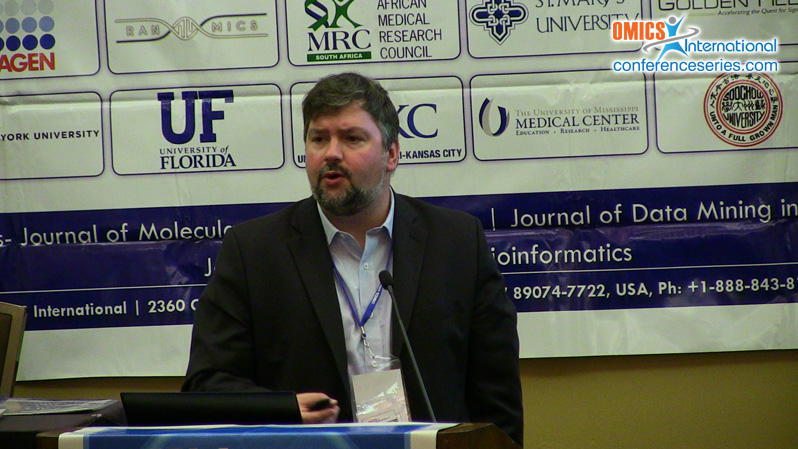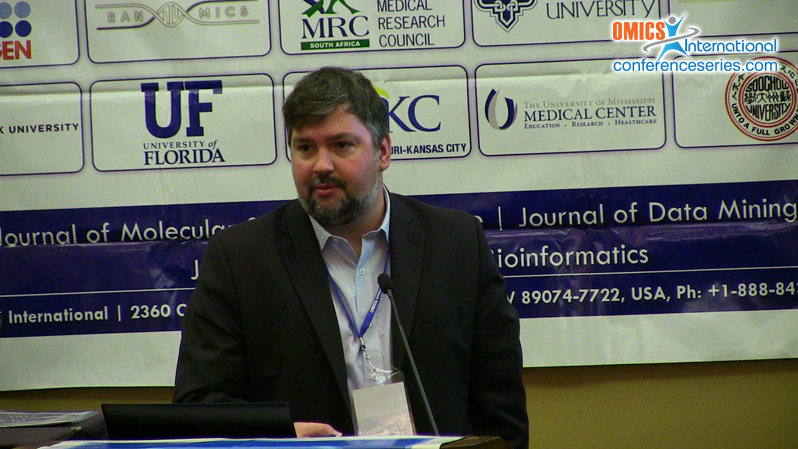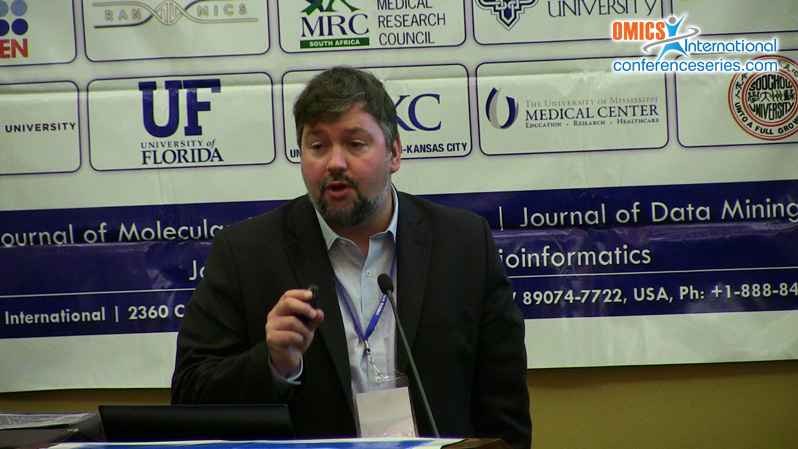
Gerald J Wyckoff
University of Missouri, USA
Title: Sparse-matrix analysis of small molecules and protein targets for drug discovery
Biography
Biography: Gerald J Wyckoff
Abstract
We have established a rapid and practical methodology for the clustering of small molecule similarity. Th is is a known technique for analysis of next-gen sequence, expression data and other types of “big data”. However, this technique has not been deployed for small molecules because there has not been a good methodology for representing chemical similarity that lends itself to clustering across broad ranges of molecule similarity. We have developed a chemical fi ngerprinting system from earlier work that gives a bitwise score or “signature” for any molecule that can be represented in three-dimensional space (normally in a PDB or PDBQT fi le). Because of this, the mathematical difference between two small molecules bitwise scores acts as a traditional ‘distance” measure would enabling clustering of small molecules. When matched with traditional protein phylogenetic clustering, we derive a “sparse matrix” graph. Th e X-axis is populated by clustered small molecules; the Y-axis is populated by phylogenetically clustered protein targets. In the center of the graph, we record if a small molecule is known to interact with a specifi c protein target. Th ese graphs enable drug discovery. Structure-based virtual screening is an important tool in the drug discovery process. Th e use of computational tools has allowed for the screening of large libraries of chemical compounds to identify putative ligand-receptor interactions. Th e identifi cation of valid targets and therapeutic compounds has long-term importance both to public health and the economic strength of the pharmaceutical industry. Extending this technology by enabling small molecule clustering and results visualization is the next logical evolution of the technology.
Speaker Presentations
Speaker PPTs Click Here





